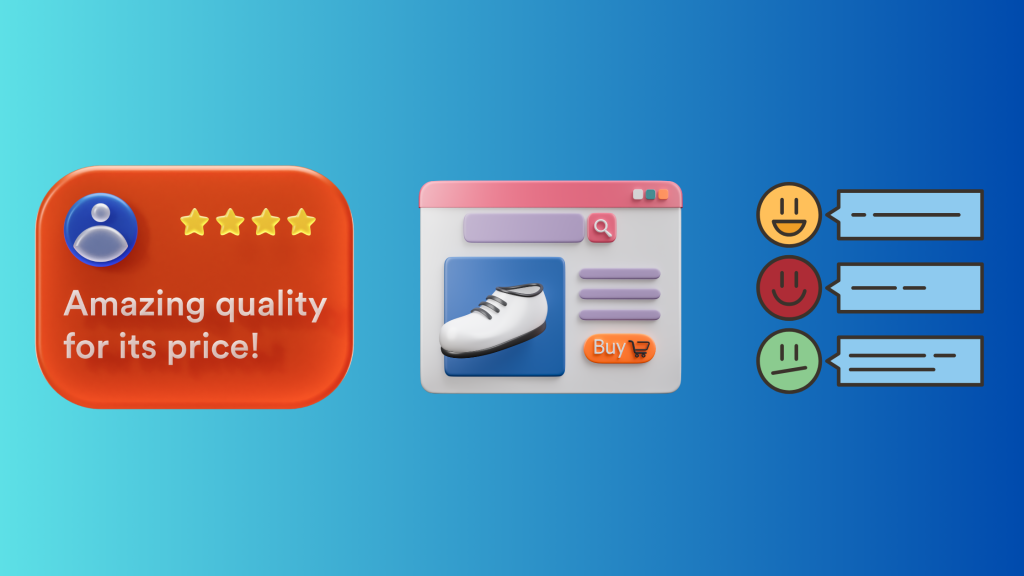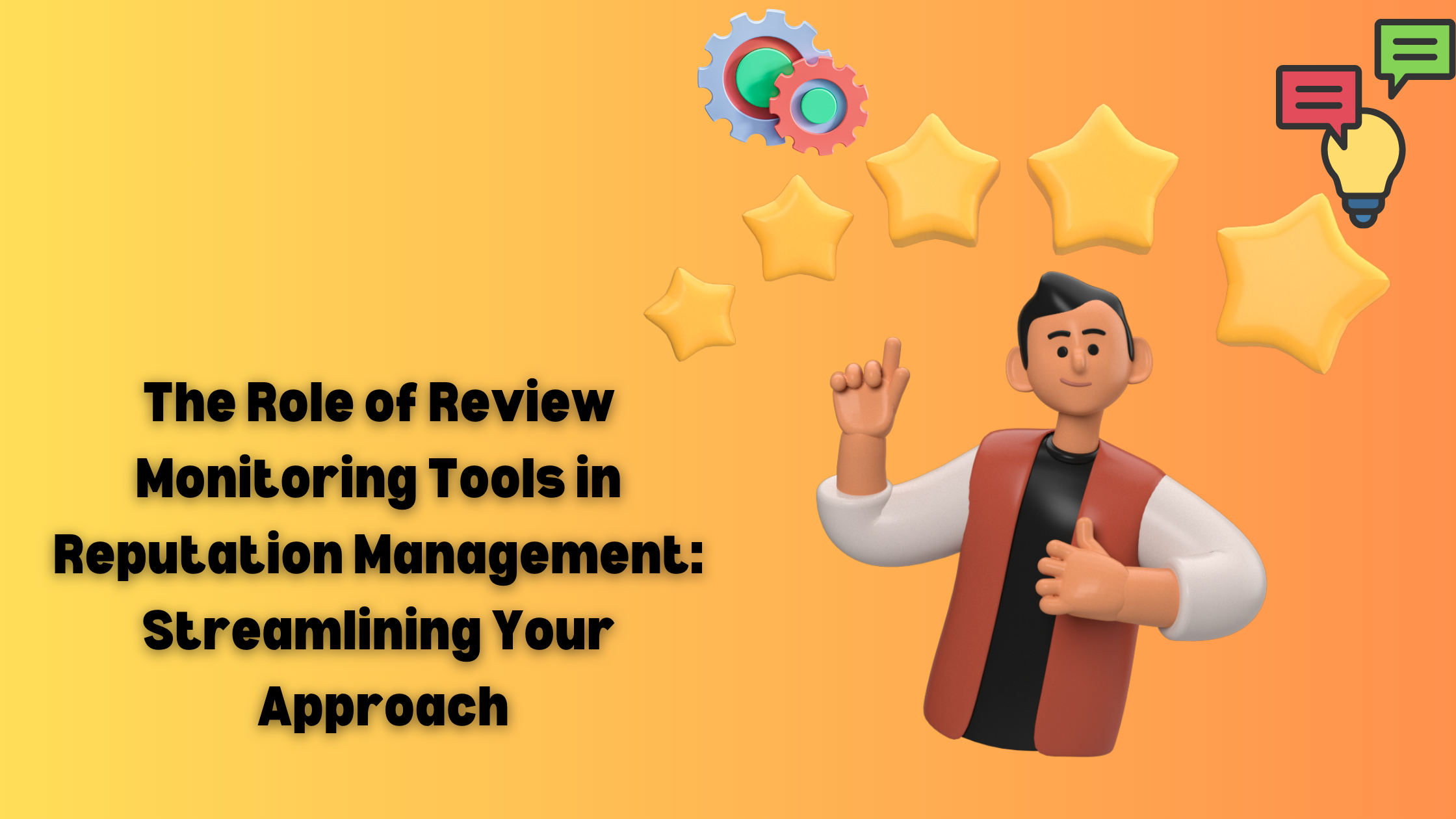
The Internet has benefited small businesses in various ways; they can easily reach out to potential customers and determine their niche clients. Reviews help in building a positive reputation of a business and attract new leads. It involves monitoring, collecting, and responding to customer reviews across online platforms to build trust. 84% of people trust online reviews just like personal recommendations. Customers are happy to leave a review; 7 out of 10 consumers will leave a review if a business asks for it.
Reviews play an important role in influencing purchasing decisions, perceptions, etc. 86% of consumers see a review for a local business. Review management systems allow businesses to monitor, manage, and filter their reviews.
In this article, we’ll learn why online reviews for important for your business, how to deal with reviews, and key components of review management for small businesses!
Why are online reviews important for your business?
Where reviews are considered, Google leads with 80% of all online reviews while platforms like Facebook and industry-specific websites make up for rest. Customers are eager to leave a review expressing their experience. At the same time, they expect a response from them too within 1 or 2 days. Review management system lets you manage, monitor, and filter reviews.
These tools help in responding quickly to reviews and turn insight into action. If applied strategically, it can boost your online presence, seo, ROI, etc. It helps in attracting more potential customers. It helps small businesses compete with large-scale businesses. It gives them a competitive advantage and utilizes their limited resources optimally.
The difference between review management and online reputation management

Review management is the systematic approach of handling and using customer feedback, generally online feedback, whether it’s on review sites or social media, etc. Other than monitoring, it also responds to reviews and uses the insights to improve the business.
Review management and online reputation management are often used interchangeably, but they are slightly different. Review management focuses on handling customer reviews. It includes collecting, monitoring, and responding to customer feedback. In comparison, reputation management is much broader. It includes managing the overall perception of a business in the digital landscape, including reviews, social media presence, PR, etc.
Key components of Review Strategy

Here are some of the key components of a review management strategy that are essential for small businesses.
- Tracking: Monitor reviews across multiple platforms such as Google My Business, Facebook, Yelp, etc.
- Timing: Respond on time, both positive and negative, to show customers that you value their feedback.
- Ask For Feedback: Encourage satisfied customers to leave reviews on their preferred platform. You can send a follow-up email or message to customers after purchase to ask for feedback.
- Negative Reviews: Address negative or false reviews. Professionally respond to them and be empathetic. If the review is fake, make sure you filter it. Develop a response template for ensuring consistency and efficiency.
- Analyze Data: Analyze reviews to identify trends, strengths, and weaknesses. Make data-driven decisions to improve your business.
In the competitive digital landscape, the importance of reviews cannot be overlooked. Every review, either positive or negative, gives an opportunity to grow your business, enhance customer satisfaction, and improve the brand’s reputation. At Lumia 360, we understand the important role review management plays in improving your local search ranking and overall ranking on SERP. Our review management system lets you filter, monitor, and respond to reviews in an easy way. It will increase the engagement rate of your business. Each review is a stepping stone for building business success. To know more about our tools and services, email us at info@lumia360.com or call 514-668-5599.
Read Also: The Impact of Social Media On Online Reputation
Read Also: Lessons Learned from Website Redesign



















































































